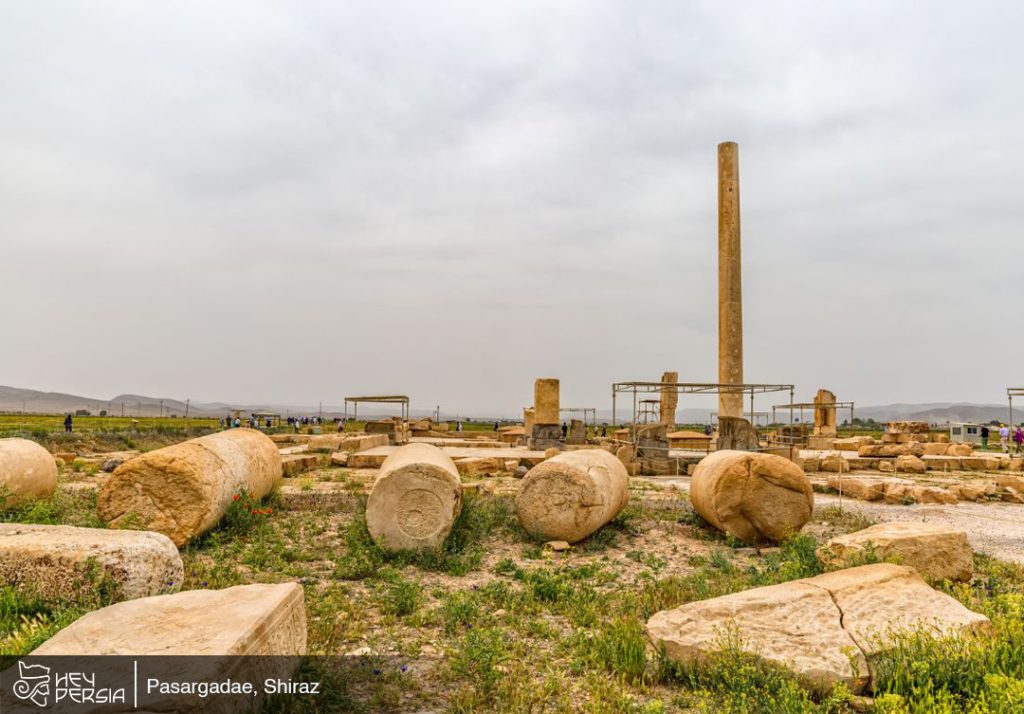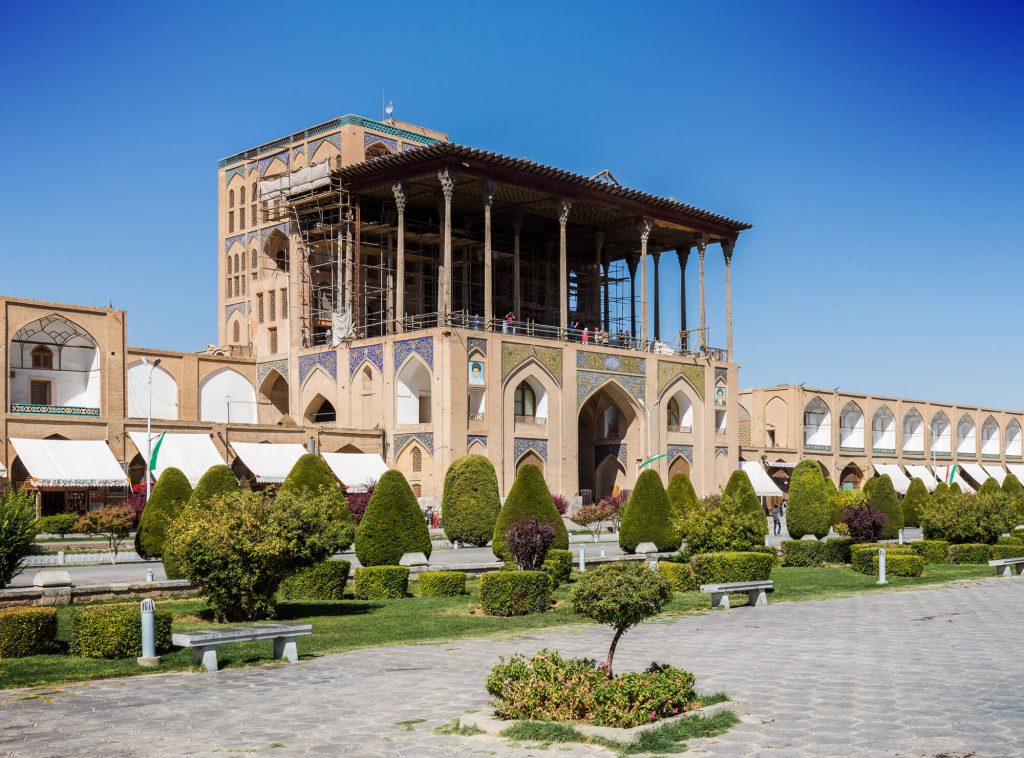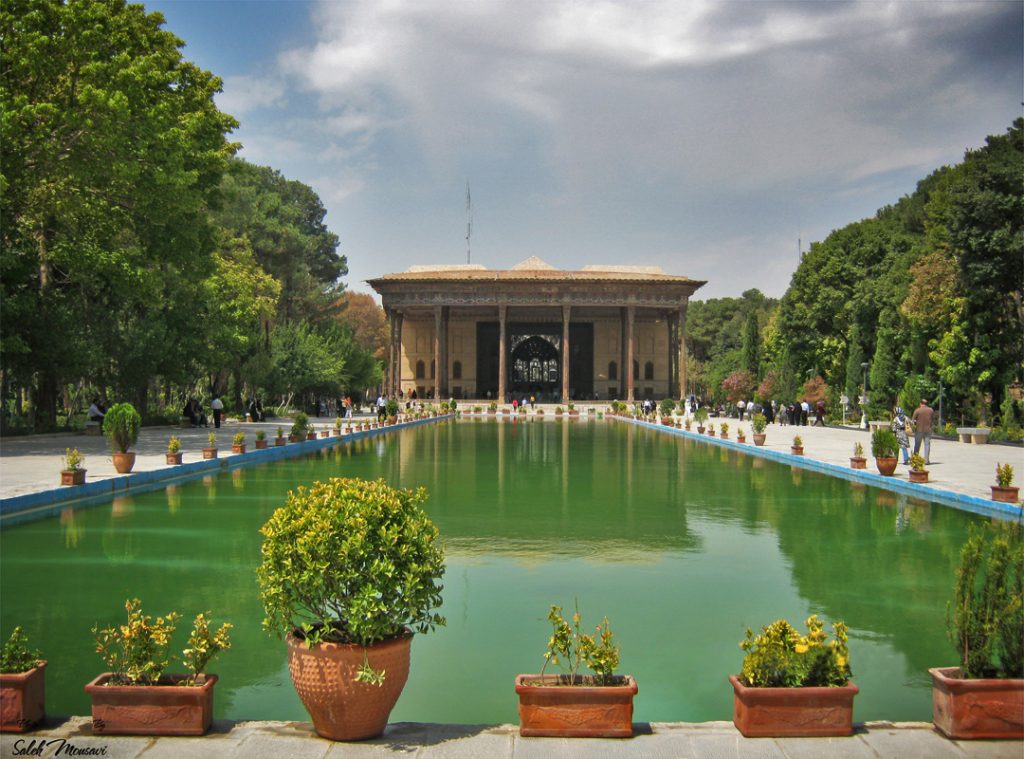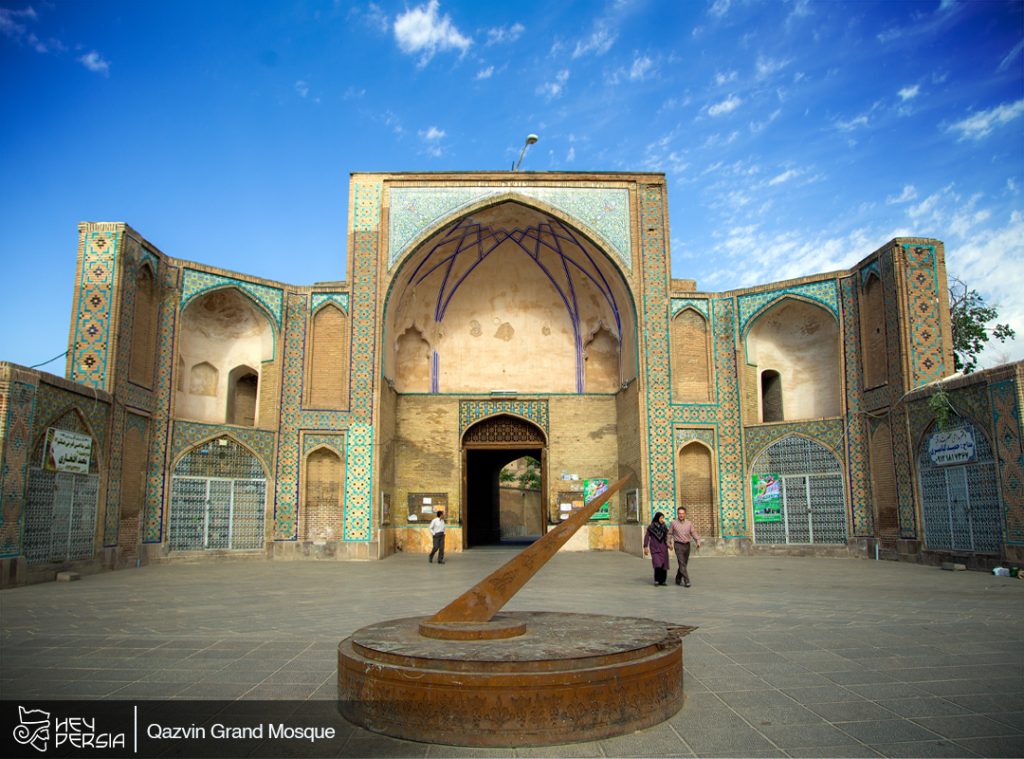Ancient Pasargadae in Fars province, located in modern-day Iran, stands as a testament to the grandeur of ancient Persian civilization. Founded by Cyrus the Great in the 6th century BCE, this historic site holds immense cultural, historical, and architectural significance. From its founding to its UNESCO World Heritage status, Pasargadae’s story is one that unfolds through its remarkable architecture, tombs, and legacy. Stay with Hey Persia.
Historical Context of Ancient Pasargadae in Fars province
Generally, Pasargadae was established by Cyrus the Great, the founder of the Achaemenid Empire, around 546 BCE. This ancient city served as the capital of the Persian Empire for several decades before Persepolis took over that role. Pasargadae played a pivotal role in shaping the early days of the Achaemenid Empire, known for its tolerance and respect for various cultures and religions.
Architectural Marvels in Ancient Pasargadae in Fars province
Consequently , Pasargadae’s Tomb: The tomb of Cyrus the Great is one of the most iconic structures in Pasargadae. The simple yet elegant design showcases the Achaemenid architectural style. The tomb’s elevated platform, the gabled roof, and the use of white limestone make it a remarkable example of Persian architecture.
Palaces and Gardens: Pasargadae boasts impressive palaces and gardens, reflecting the Achaemenid’s appreciation for aesthetics and nature. The Garden of Pasargadae, considered one of the earliest known examples of a Persian garden, exemplifies the Persian art of harmonizing nature and architecture.
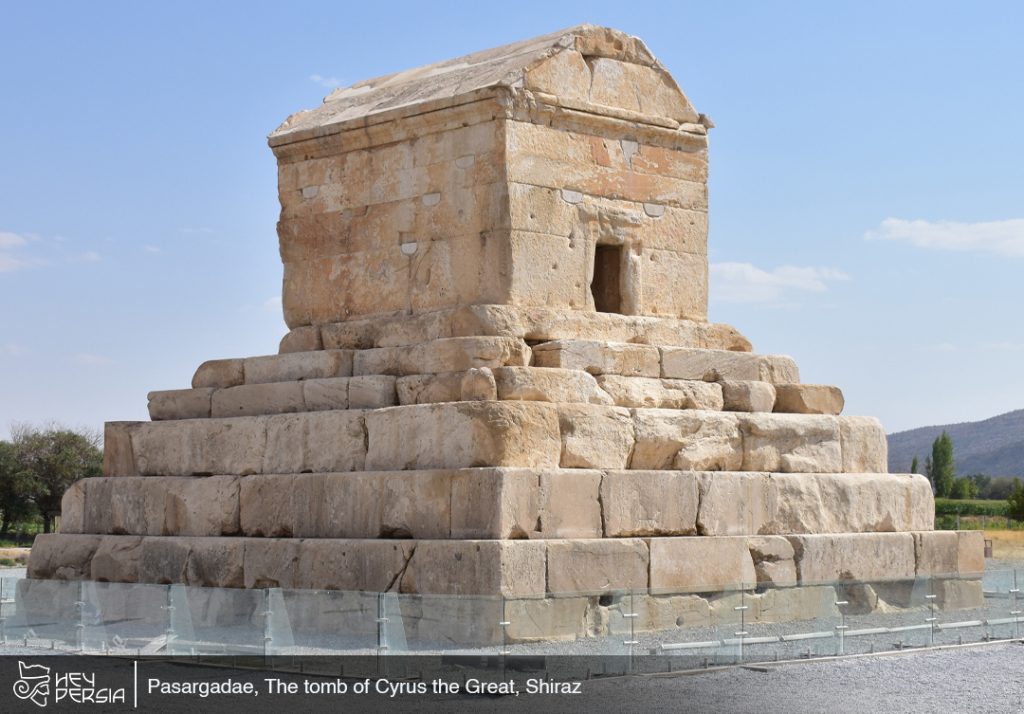
Cultural Significance of Ancient Pasargadae in Fars province
Multicultural Influence: Pasargadae’s historical importance extends beyond its architectural wonders. It embodies Cyrus the Great’s policy of tolerance and respect for various cultures and beliefs. This cultural openness contributed to the empire’s stability and lasting influence. Pay a visit to Parishan Lake as well.
Symbol of Freedom: Cyrus the Great’s legacy of religious and cultural tolerance, as well as his recognition of human rights, has made Pasargadae a symbol of freedom and humanitarian values. The Cyrus Cylinder, a clay cylinder inscribed with Cyrus’s decrees, is often hailed as an early declaration of human rights.
UNESCO World Heritage Status:
Accordingly, In 2004, Pasargadae was designated a UNESCO World Heritage Site. This recognition underscores the site’s global significance and its contribution to humanity’s shared history. Pasargadae’s inclusion on this prestigious list aims to preserve and protect its architectural treasures for future generations.
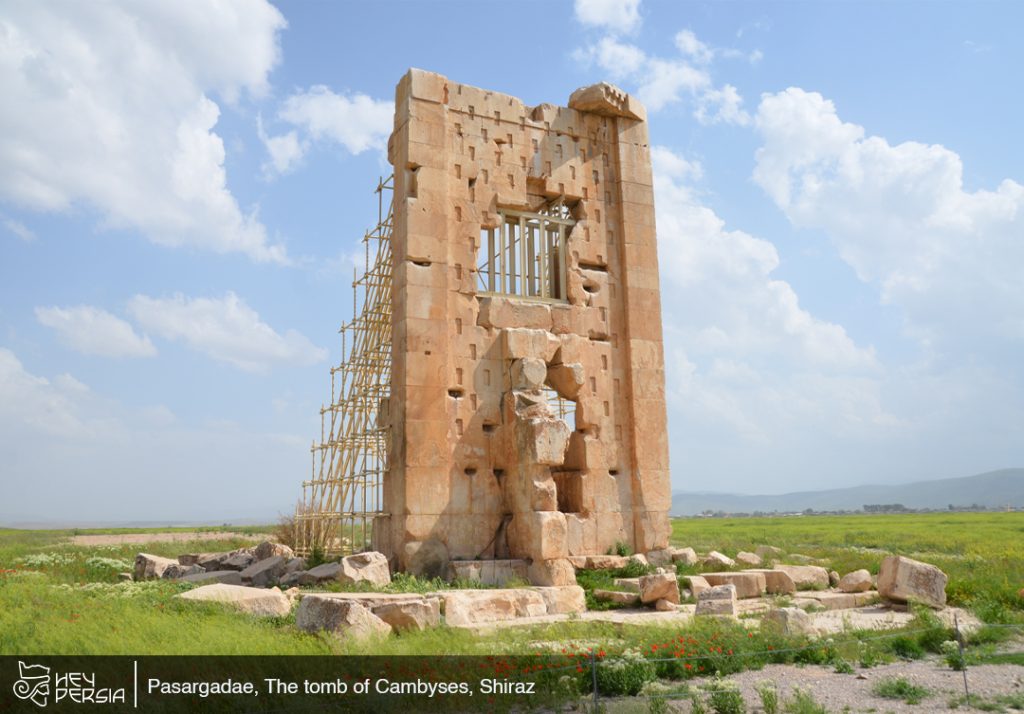
Legacy and Influence
Pasargadae’s legacy extends far beyond its geographical borders. Its architectural elements, design principles, and cultural values have influenced subsequent civilizations, leaving an indelible mark on art, architecture, and governance. The ideals of tolerance and respect promoted by Cyrus the Great at Pasargadae continue to inspire discussions about human rights and multiculturalism today.
Ancient Pasargadae in Fars province calls you a visit
eventually , Pasargadae remains a vivid reminder of the ingenuity, tolerance, and cultural richness of the Achaemenid Empire. Its architectural marvels, historical significance, and enduring legacy make it a destination for those seeking to understand and appreciate the historical roots of Persian civilization. As visitors explore the tombs, gardens, and palaces of Pasargadae, they step back in time to witness the brilliance of ancient Persian grandeur and the enduring impact of Cyrus the Great’s vision.

